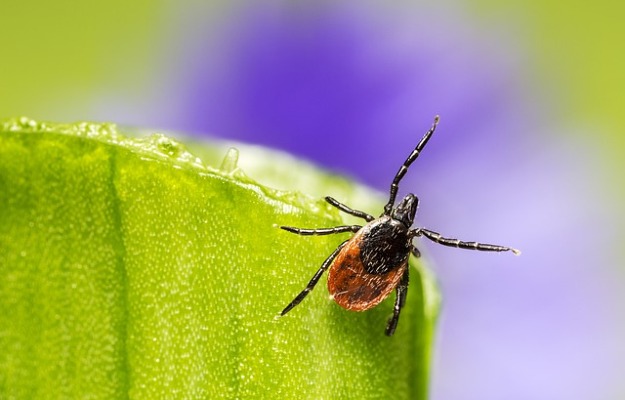Canine ear problems are one of the leading reasons for veterinary visits. While dogs with floppy ears such as cocker spaniels are especially prone to infections, any dog can suffer from ear problems.
This is in large part due to the shape of the canine ear; unlike humans, theirs are L-shaped. Moisture has the tendency to get trapped in the angular space and attract infection.
Blood from the ears can be caused by ear infections, most commonly from otitis externa (outer ear infection) wherein the ear flap or pinna gets inflamed by parasitic sources such as mites or mange, by trauma, or by external lesions such as warts.
Aural hematoma in dogs, the result of burst vessels in the ear, causes the ear to swell as blood leaks between the skin and cartilage.
Unless caused by acute trauma - meaning from a dogfight or accident - blood from the ear is the symptom of an underlying issue. Monitoring your dog’s ear health should be a part of your routine; if regular cleanliness is maintained then more serious issues can be prevented.






























